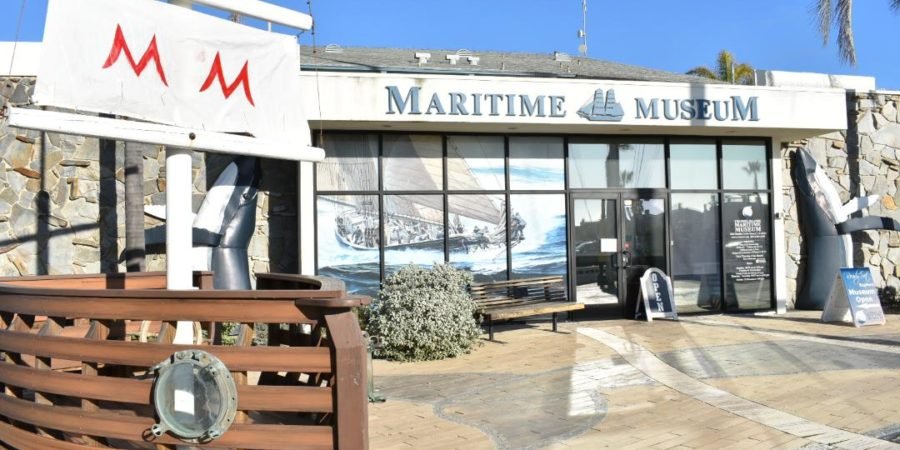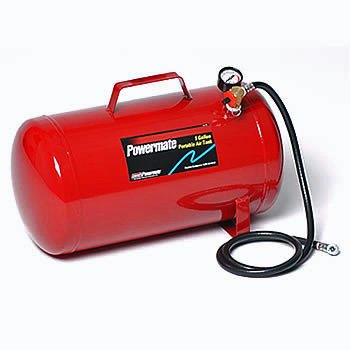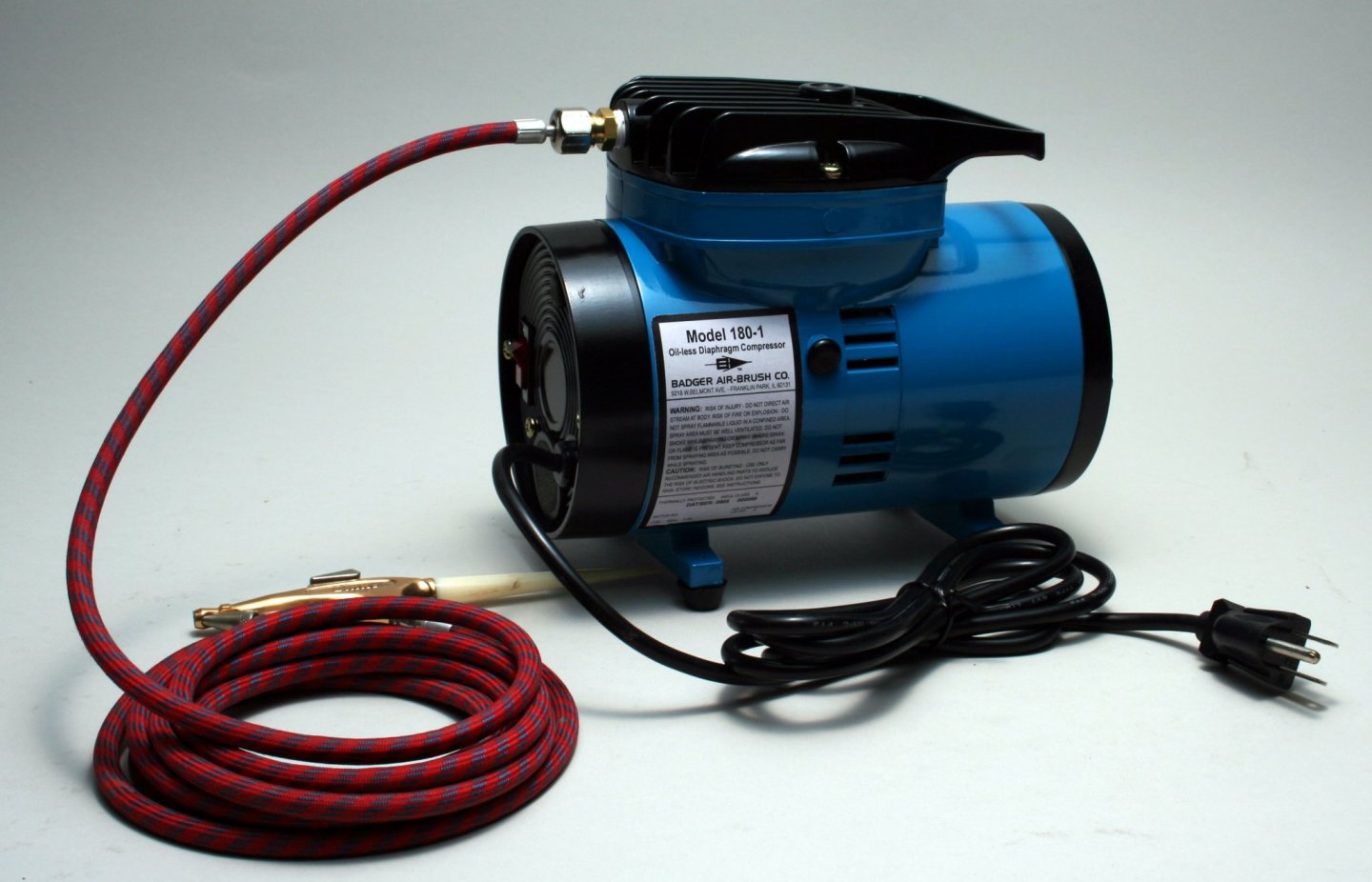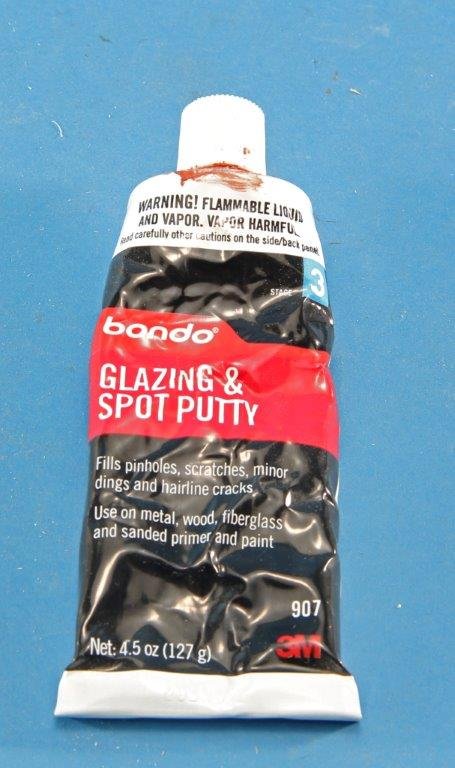-
Posts
3,031 -
Joined
-
Last visited
Content Type
Profiles
Forums
Gallery
Events
Everything posted by kurtvd19
-

New Website Thread?
kurtvd19 replied to Justin P.'s topic in NAUTICAL RESEARCH GUILD - News & Information
Journeyman: I have no idea about monographs there - I see a couple of articles listed. Please clarify. Thanks -

New Website Thread?
kurtvd19 replied to Justin P.'s topic in NAUTICAL RESEARCH GUILD - News & Information
Thanks. Will check this info out. -

New Website Thread?
kurtvd19 replied to Justin P.'s topic in NAUTICAL RESEARCH GUILD - News & Information
The NRG's new website is live - 100% changed. Even a new store. We will be making announcements on Friday to all NRG members and here on MSW. Had a few things to do regarding our ability to send the mass email to members. So look at the site if you want but we will let everybody know about it on Friday. -
I would build the building frame then wet and weight the keel let it dry and then get it into the building frame to hold it straight. I would want it as straight as possible before starting construction. Good luck
-
The seams can be filled in and the etched lines between planks can be cleaned up. Not real visible after this is done. If you plank over the decking make sure you transfer the markings for structures and pieces to be located to the new planks and open up the holes in the deck you will be covering - eliminate the need to measure and cut holes after doing the planking if done as you fit each plank.
- 23 replies
-
- model shipways
- chaperon
-
(and 1 more)
Tagged with:
-
I just came across this topic when Chris directed a new comer to MSW to it. I was unaware of it till today and now that I am aware of it, I will be providing the link to those writing to me asking if I can identify or fix their model. It will be a real time saver. I have also provided the link to Mary - our NRG Office Manager - so she can send it to people who contact our office asking for help. This will save her a lot of time and will also save me time (again) when she doesn't direct the questions to me. Like David I wish I could see the face of some who said "OK but how much would you charge to fix it". Kurt
-
You picked a good brush. Practice and you will soon be doing good enough to feel confident to lay paint down on a model. Good luck Kurt
-
Yes I have built a few of theirs with more to go. They were vendors at the 2003 NRG Conference and they sold a lot of kits there. The Edmund Fitzgerald in 1/700 was not their best but a lot have been built. There was a problem with warpage of the hull but they replaced it w/o question. I have their USS Panay PG45 - one of the best resin kits I have ever seen - I sure hope I get it built someday.
- 5 replies
-
- resin
- manufacturer
-
(and 1 more)
Tagged with:
-

Byrnes machinery dust collection
kurtvd19 replied to Bill Hill's topic in Modeling tools and Workshop Equipment
It's a Turbo I It's now several years old and I think the Turbo II is quieter. -

Byrnes machinery dust collection
kurtvd19 replied to Bill Hill's topic in Modeling tools and Workshop Equipment
The Fein hose is very flexible. I want to add a small cyclone pre-filter to mine. It resides under a bench with drawers so I need a smaller unit - like would fit on a 5 gal pail. Everything else I have needed comes with the unit. -
The dates are set for the 2021 NRG Conference. October 21-23, 2021 at the Channel Islands Maritime Museum.
-

Byrnes machinery dust collection
kurtvd19 replied to Bill Hill's topic in Modeling tools and Workshop Equipment
I can listen to the TV or stereo in the shop with the vac operating - not silent but quiet enough. Some are more quiet than others - check the specs on their web site. -

Byrnes machinery dust collection
kurtvd19 replied to Bill Hill's topic in Modeling tools and Workshop Equipment
I have a very quiet Fein shop vac that I connect to my Byrnes tools. The OD of the Fein hose is 1 3/8" + a few thousandths - metric for sure. The thickness sander with it's port on top I just set the vac hose into it w/o worry about the gap and let gravity hold it in place - works fine. With the disc sander I use a rubber adapter that goes over the vac hose and slips into the sander's horizontal port pretty tight - the same with the saw that has the exhaust port as it came from Jim. The other saw I got long before Jim provided an exhaust port - I had a club member who had a machine shop cut a hole in the side piece where Jim attaches the exhaust port that the vac hose fits into. I had a cyclone hooked between the vac and the hose but it was big and it lives in the wood shop now. Will get a smaller cyclone soon for the model shop. 100% of the dust is grabbed from the disc and thickness sanders. Nothing catches the saw dust that comes off the top end of the saw blade (of any table saw as far as I know) - but it's minor compared to what comes off the bottom end and is caught up by the vac. Just like full size saws there is a lot of sawdust that has to be vacuumed out of the saw between uses from the corners. -
Compressors are not all that expensive. Unless you need the absolute smallest compressor - which the "airbrush" compressors sold by Badger, Iwata, etc are . There are many sold by Home Depot, Menard's and some chain auto parts stores that are quiet and will also pump up a car or bike tire that are less expensive than the small airbrush compressors. I have even used an air tank that one fills with a gas station compressor - completely silent and adequate for most model jobs. As to paints as long as it is a hobby paint with finely ground pigments, not house paint, most any hobby paint works. I use badger Modelflex Marine paints myself. Do a search for other posts I have made about these paints. Hope this helped, Kurt
-
The 350 airbrush is adequate for most -BUT stay away from the air cans - expensive and they always run out just before the job is done. I started with an earlier version of this brush in 1960 (Christmas of my 8th grade year) with the air cans - and I never got to be any good until I got a compressor. This was the brush I used for a long time and still use it occasionally. I know of 3 models that took gold medals in the advanced class at the WI Maritime Museum's competition that were painted with this brush (Steve Wheeler and I - can't remember the other guy but I do remember the model). As to fine lines - how often does one need to do a fine line on a ship model? Almost never. I can do a pretty fine line with it - but there are other brushes better at that. Kurt The 350 is a good first airbrush - I got my Grandson started with one when he was about 10. Both of these are available from MSW sponsor USA Airbrush Supply This is the 350 set with the air can adapter - $39.60 This is the set for use with any compressor - $44.00
-
System? Do you mean an airbrush, compressor, hose, etc.? Or just an airbrush?
-
I don't remember if you have mentioned looking at this build but they found many issues with the plans of the USS Cairo from the Park Service. They have done a lot of research while doing their project - they might have the answers about the hull you have brought up. Kurt Civil War Ironclad USS ST. LOUIS by thorn21g - 1:24 - POF - Gateway Model Shipcrafter's Guild
-
Using 400 or 600 there is adequate "tooth" for the paint to adhere it might feel smooth to your fingers but microscopically it's plenty rough enough for the paint. I rarely use anything finer than 320. A wide pattern is good for larger areas and a fan spray is good. I have a small detail touch up gun (Model 400) that Badger used to sell - a miniature body shop type gun. Perfect for a big hull. Since I quit the r/c boats I use a Badger 350 for large surfaces. The wider the pattern you are able to spray the number of passes you need to cover goes way down.
-
When I want a real smooth wood surface I use this auto body filler. It's meant to cover the scratches from sanding on metal/fiberglass not big dents. I use an old credit card or the ones we all get in the mail as a spreader. I force the filler into the surface as thin as possible. When it's cured I sand it and check as best I can that I have a good smooth surface and then I prime. Depending how the primer looks I either lightly sand and apply more filler in areas where it's needed and then sand again or if it's good at that point I skip the sanding and then paint. When the primer doesn't show any defects it's time to paint.
-

dull number drill bits
kurtvd19 replied to BETAQDAVE's topic in Modeling tools and Workshop Equipment
Heat it until it is an even red color then drop into water. How to apply the heat is dependent on the material thickness. Photo etch - a candle flame is adequate. Thicker brass can handle a torch - don't get it too close when it is thinner. Most of the time I use a butane torch - closer for thick stuff farther away for fine. I also use my Smith Torch (propane/oxygen) at times. -
Bob: The Spring 2020 Journal (Issue 65.1) has my Tips & Techniques article on exactly how to do it while only having to carefully mask once. Exactly as rvchima said above - Except that you should seal the waterline tape with a light over spray of the masking taped edges with the same white as used for the waterline before masking along the waterline tape with wider masking. The reason to lightly over spray with white is to seal the edges of the tape to prevent bleed of paint under the tape. If there is any bleed it will be the white that will be invisible over the original white. Spray at 90 degrees to the hull surface and don't let paint build up along the waterline tape and when the tape is removed there will not be a noticeable edge thickness of the hull colors. Peel the tape back over itself to avoid lifting paint.
-
I didn't always use a primer because I use Badger Modelflex paints and primer isn't required for them. I am starting to use primer more now that Badger developed a new primer called Stynylrez - for use over Styrene, Nylon and Resins. They started with gray, black and white but after it was released demand made them provide it in more colors as many are using it as a final coat when doing figures and sci-fi. They now provide it in 18 colors and I have used it as the final color coat on a couple of models myself. However, I always use a primer when I am painting over a model with any filler added or when different materials are used (not 100% wood or 100% plastic) to hide the different colors that will make the paint look a bit different over each underlying material. I also always use a primer when painting certain colors like yellow that don't cover well w/o many coats. As to using rattle cans - it depends on the size of the model. If it is large enough to be able to do a light sanding of the entire model then rattle can applied primer is fine. If I can't easily sand it because of size or nooks and crannies I don't use the rattle can. Or I decant the rattle can paint and use it in an airbrush. In the last couple of years I have switched to using Stynylrez primer on all work I do. If you are not using a spray booth I would recommend a particulate filter mask - the fumes of acrylics are not particularly harmful but all sprayed paint has particles you don't want to breathe in. Using a good spray booth makes a mask unnecessary - at least in my opinion. The fumes and particles are sucked into the filters of the spray booth. Using acrylics a good filter on the end of the fan outlet is sufficient unless you are in a very small area and should then direct the booth's output to the exterior. Absolutely do that if using solvent based paints.
About us
Modelshipworld - Advancing Ship Modeling through Research
SSL Secured
Your security is important for us so this Website is SSL-Secured
NRG Mailing Address
Nautical Research Guild
237 South Lincoln Street
Westmont IL, 60559-1917
Model Ship World ® and the MSW logo are Registered Trademarks, and belong to the Nautical Research Guild (United States Patent and Trademark Office: No. 6,929,264 & No. 6,929,274, registered Dec. 20, 2022)
Helpful Links
About the NRG
If you enjoy building ship models that are historically accurate as well as beautiful, then The Nautical Research Guild (NRG) is just right for you.
The Guild is a non-profit educational organization whose mission is to “Advance Ship Modeling Through Research”. We provide support to our members in their efforts to raise the quality of their model ships.
The Nautical Research Guild has published our world-renowned quarterly magazine, The Nautical Research Journal, since 1955. The pages of the Journal are full of articles by accomplished ship modelers who show you how they create those exquisite details on their models, and by maritime historians who show you the correct details to build. The Journal is available in both print and digital editions. Go to the NRG web site (www.thenrg.org) to download a complimentary digital copy of the Journal. The NRG also publishes plan sets, books and compilations of back issues of the Journal and the former Ships in Scale and Model Ship Builder magazines.







